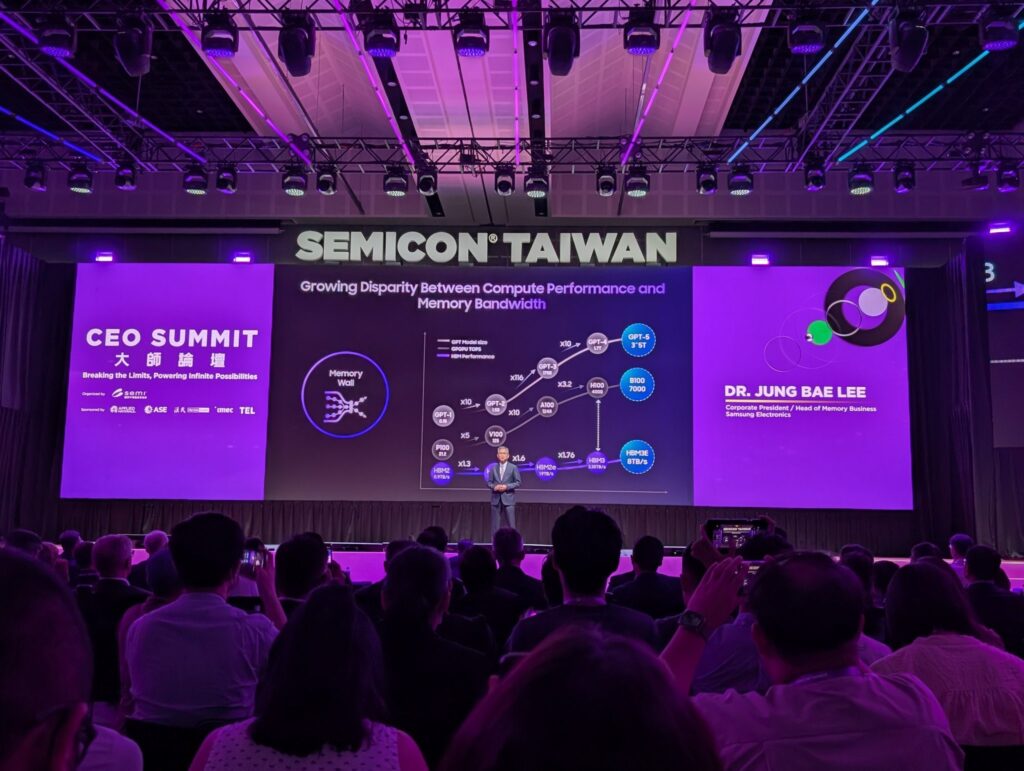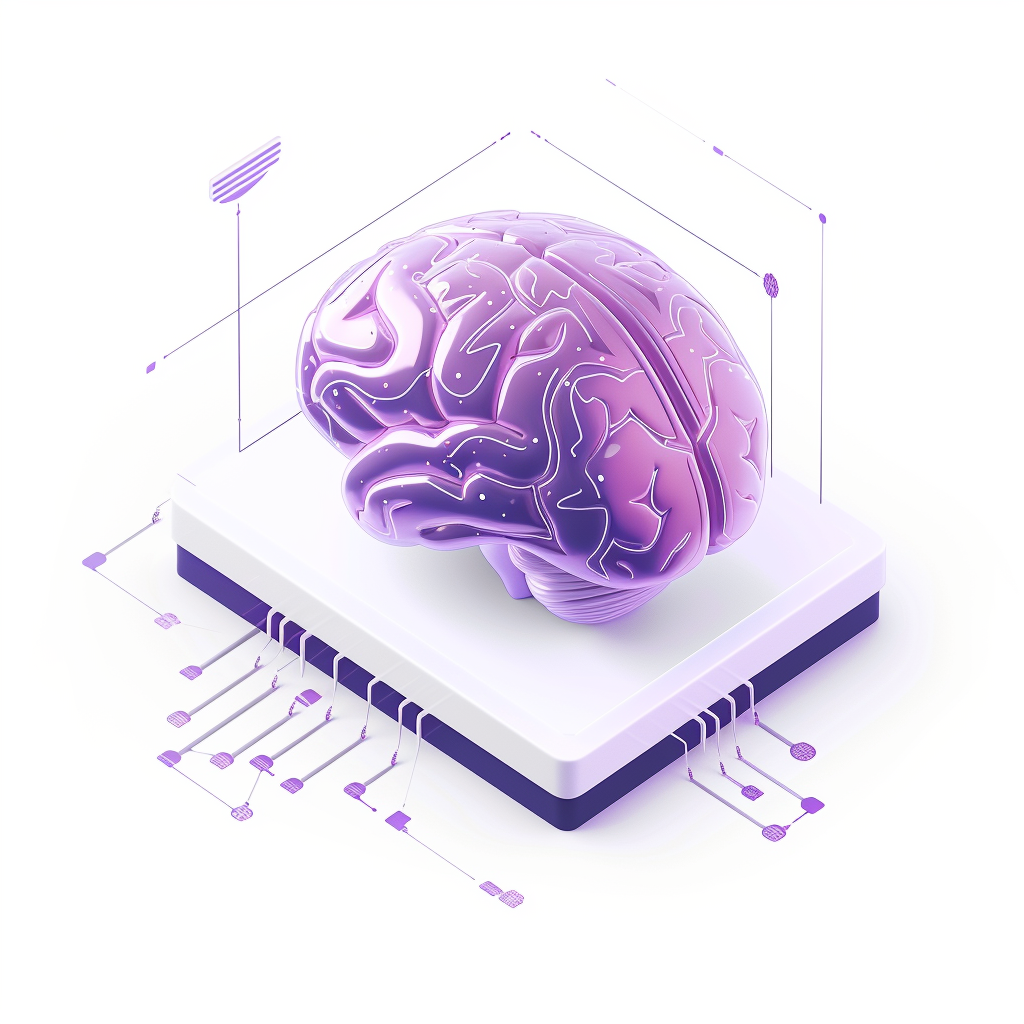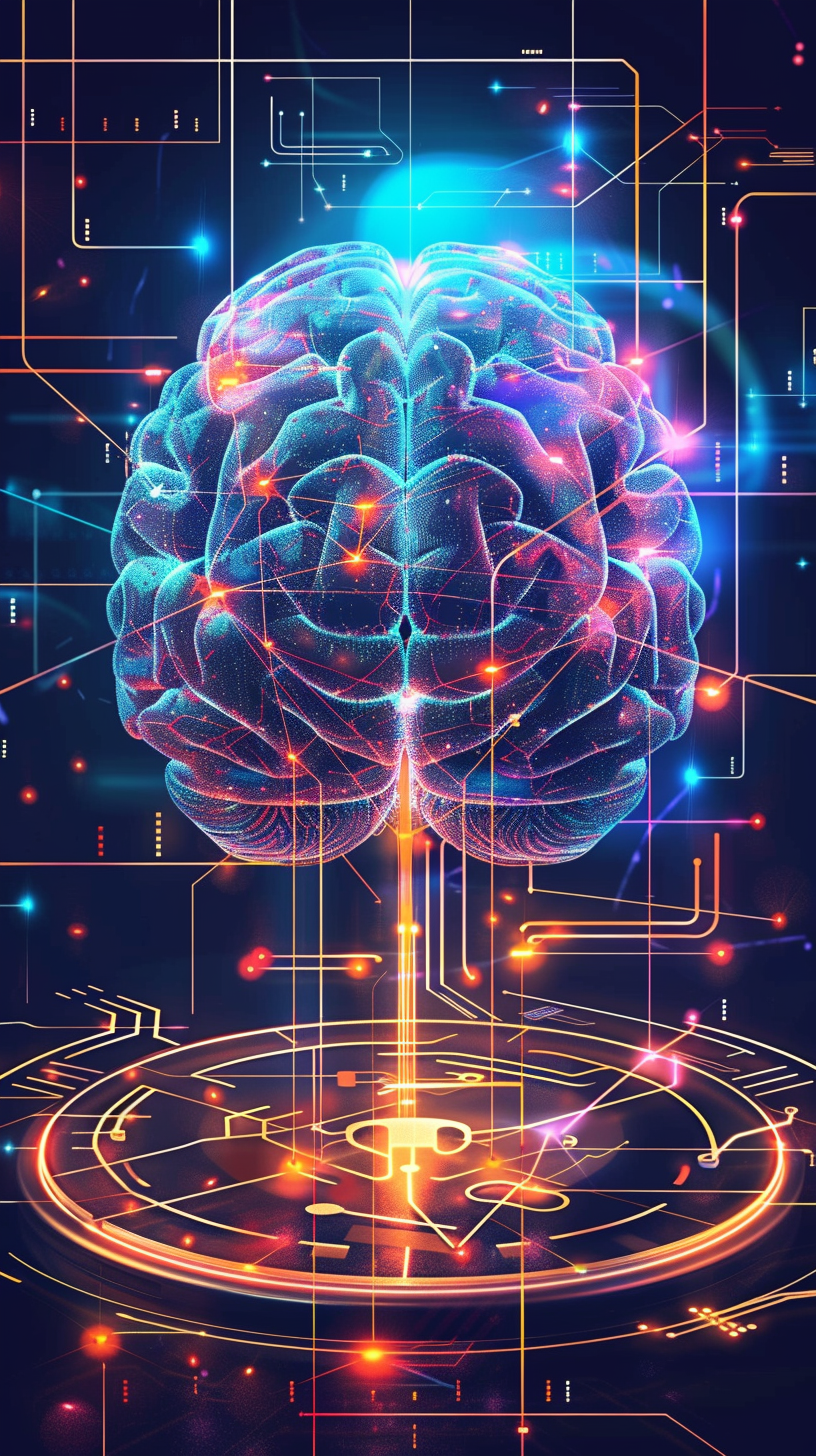OpenAI just announced that they will launch the long-anticipated successor to GPT-4, called GPT-Next, later this year. This new model is set to deliver a major leap in AI capabilities, offering 100 times more computational power than GPT-4.
The announcement was made by Tadao Nagasaki, CEO of OpenAI Japan, during a business event in early September 2024. Nagasaki highlighted that this increase in power comes not from simply adding computing resources, but from significant improvements in the AI’s architecture und learning efficiency.
GPT-Next will also utilize Project Strawberry, a specialized system that optimizes the AI’s training process. This will allow the model to learn and generate responses more creatively and effectively, pushing the boundaries of what AI can do in tasks like content generation and customer service.
OpenAI Japan CEO revealed that GPT-Next will be 100x more powerful than GPT-4 at KDDI Summit 2024
— Rowan Cheung (@rowancheung) September 4, 2024
The model will reportedly use a smaller version of OpenAI's mysterious Project Strawberry
The boost in performance comes from better architecture, not a ton of computing resources pic.twitter.com/DMlAIEPjiD
What Is GPT-Next?
GPT-Next is the next big leap in AI technology, building on the success of previous models like GPT-3 und GPT-4. These models are designed to understand and generate text that feels human-like. If you’ve used tools like ChatGPT, you’ve already experienced how this works.
What makes GPT-Next stand out is its 100 times more effective computational power compared to GPT-4. This doesn’t just mean adding more computers to make it faster. Instead, it’s the result of improvements in how the model is built and how efficiently it learns from data. This allows GPT-Next to process information smarter and quicker than ever before.

For example, this increase in power means GPT-Next could instantly summarize thousands of complex research papers in seconds, handle large amounts of data with ease, and understand both text and images in a more sophisticated way. This will make GPT-Next a powerful tool in industries like healthcare, financeund content creation, where intelligent and efficient problem-solving is crucial.
One of the key features of GPT-Next is its ability to learn and solve problems better than before. It won’t just repeat known information but will create more creative solutions to complex questions. For example, if you ask GPT-Next for a marketing strategy, it will go beyond the basics and offer unique ideas that could work better in your specific situation.

What is Project Strawberry?
Project Strawberry is a key part of how OpenAI is building GPT-Next. It’s a new approach to training AI models that’s more efficient than past methods. Instead of just using bigger and more expensive computers to train the AI, Project Strawberry helps OpenAI make the training process smarter and more streamlined.
One of the main goals of Project Strawberry is to reduce the amount of resources needed to train AI while still delivering huge improvements in performance. This means OpenAI can train GPT-Next faster and more effectively without using as much energy or hardware. It’s not just about making the AI more powerful, but also making it more efficient.
i love summer in the garden pic.twitter.com/Ter5Z5nFMc
— Sam Altman (@sama) August 7, 2024
Another important feature of Project Strawberry is that it helps reduce common issues in AI, like hallucinations—when the AI gives wrong or misleading information. By improving how the model learns and processes data, Strawberry will make GPT-Next more accurate and reliable, which is crucial when it’s being used in areas like medicine, law, or customer service, where getting things right is extremely important.
Impact of GPT-Next
GPT-Next could revolutionize how we use AI in everyday life. It could:
- Help businesses solve problems faster.
- Create more accurate and creative content.
- Improve digital assistants to handle more complex tasks.
With its multimodal capabilities, GPT-Next will also work better with different types of data, like voice und images, making it useful for even more applications, such as voice cloning und video generation.
As with any powerful technology, there are concerns. Some people worry about the ethical implications of AI, like privacy issues and the potential for job displacement. These concerns will need to be addressed as AI continues to develop and become more integrated into society.
Schlussfolgerung
As GPT-Next approaches its release, it’s clear that this new model could have a transformative impact on many industries. Beyond its technical advancements, it’s expected to make AI more accessible and efficient.
Concerns about job displacement, data privacy, and the potential misuse of AI will need to be addressed. Some experts see GPT-Next as a potential democratizing force, making advanced AI accessible to more industries and smaller organizations by focusing on efficiency over pure computational power.
While the future of AI looks promising, it’s clear that careful thought and responsible development will be crucial moving forward.







